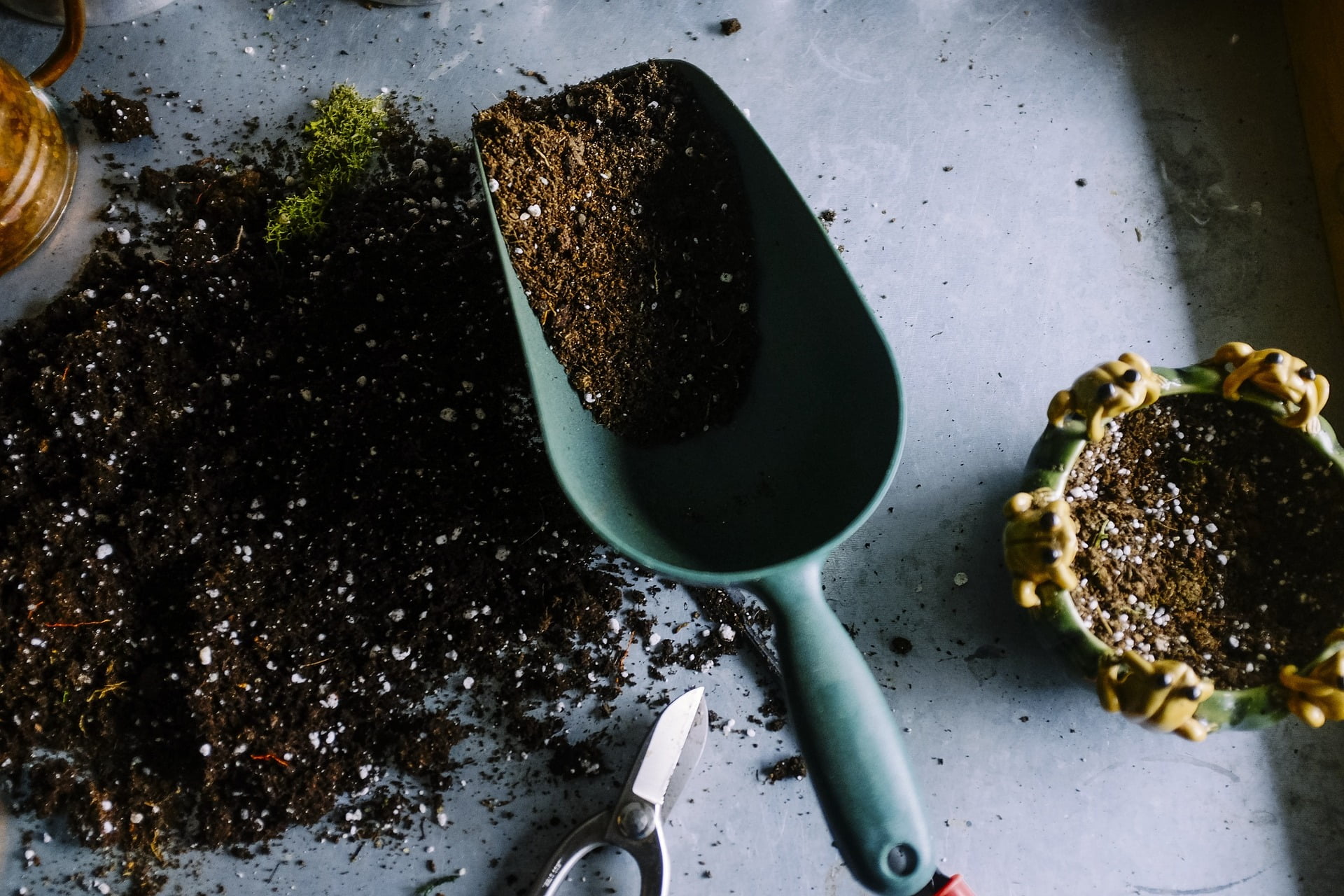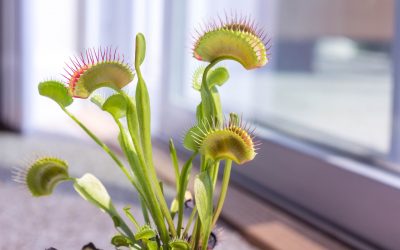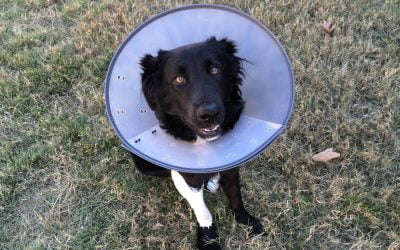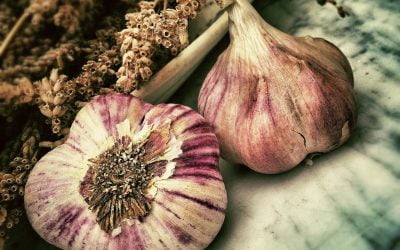How to make potting mix for indoor plants? Here are 6 tips for making your very own homemade potting mix for your indoor plants. The first thing you will want to do is gather a bunch of loose soil. This may be in a large baggie or container, so that it does not compact as you put the loose dirt into it. Mix the loose soil into the potting mix, but make sure you don’t over-fill the pot because that can make the mixture hard to work with.
Next, add some loose organic fertilizer to the mix. When I say loose organic fertilizer, I mean manure, which is usually left on the lawn for several days before being poured down and mixed with the soil. You can also use grass clippings if you want. Just make sure that it is organic fertilizer, because you don’t want your plants to suffer from the toxins in manure, which can kill your plants.
Next, mix some coarse sand and perlite for your houseplants, and then add a couple of inches of peat moss to the mix. Perlite absorbs water better than any other type of medium, so it makes a great medium for water-resistant plants, like succulents. Lastly, add some coconut coir (or coconut milk) to the mix. Coconut coir is very high in nutrients, so it will keep the roots moist and the plant strong.
Once you have all of your ingredients mixed together, it is time to plant your houseplants and enjoy your new potting mix. Make sure to water the plants once or twice a day, especially during the winter months, and you should be fine. Be careful not to over-water, because you don’t want to cause your plants to drown.
How to make potting mix for indoor plants is relatively easy to do, but you will need some equipment. To make the best mix possible, use a garden hose in mixing the ingredients, and water the roots slowly. Do not add water all at once – slowly add water in small amounts to the pot, so that the root can absorb all of the nutrients that will help it grow.
It is important to water the roots of your plants so that they can be able to absorb nutrients and water well, so that their root structure is good for the plant’s health. Also, you will want to water the soil and drainage well, as well. This will allow the soil to drain well so that the roots of your houseplant can get the water they need without flooding your houseplant pot.






